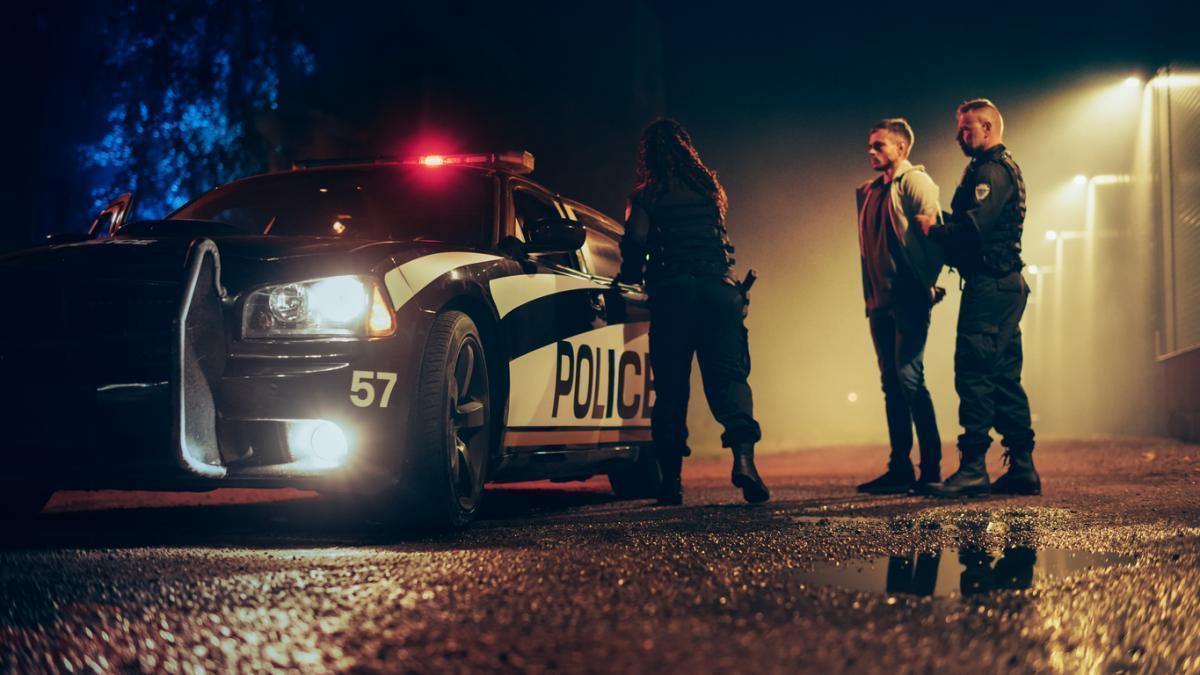

- Ref # CAC00139
- May 04, 2024
Case Alert: Be Careful, This New State Supreme Court Decision May Change How You Do Your Job Today
A person’s apparent attempt to avoid being contacted by the police while in a high-crime area at night is insufficient, by itself, to justify a detention.
Two uniformed Los Angeles Police Department officers were patrolling in a “known narcotics area” and “gang hangout” at about 10 p.m. in a marked patrol car. They drove into a cul-de-sac that was known as a “gang haunt” and where fresh graffiti was a daily occurrence. One of the officers had made a drug-related arrest at that location the night before. As the officers entered the cul-de-sac, they observed an individual, later identified as defendant Marlon Flores, standing at the end of the street next to an illegally parked car.
Flores looked in the officers’ direction, walked to the opposite rear side of the car and crouched down out of sight. In the sequence of events, as recorded by one of the officer’s body camera and described in his testimony later, the officers remained in their car for about 45 seconds as they shined their vehicle’s spotlight on the area where they’d seen Flores.
Flores briefly stood up, but then bent down again behind the car. The officers then exited their car, with the first officer approaching Flores with his flashlight directed at him. At the same time, the second officer walked around the front of the parked car and approached Flores from ....






